Syed Sadequain Ahmed Naqvi, commonly known as Sadequain, was one of Pakistan’s most celebrated artists. Born in 1923 in Amroha, India, he later moved to Pakistan after independence. He was not just a painter but also a calligrapher and poet, painter, deeply influenced by Sufi philosophy and the poetic traditions of greats like Ghalib and Iqbal.
Sadequain’s work was bold, expressive, and often carried deep symbolic meaning. His murals, paintings, and poetry spoke about human struggle, social issues, and the pursuit of truth. He believed that art should be accessible and meaningful, not just decorative. He has a humble, selfless, heartful and great personality.
Unlike many other artists who sought financial success, Sadequain was known for his selflessness. He often painted large murals for public institutions free of charge, leaving behind a legacy of over 35 murals in Pakistan and abroad.
“Shāgird kisī kā huuñ na ustād huuñ maiñ
kartā huā taḳhlīq aur ījād huuñ maiñlailā-e-hunar hai agar bint-e-lahore
Syed Sadequain Ahmad Naqvi
phir vāqa.ī lahore kā dāmād huuñ maiñ”
His Art Style & Contributions
Sadequain was unique in many ways. His brushstrokes were sharp, his lines powerful, and his compositions dynamic. He blended cubism, surrealism, and traditional calligraphy to create a style that was uniquely his own.
Murals & Paintings
- “Evolution of Mankind” (State Bank of Pakistan) – A masterpiece that reflects human struggle and progress.
- “Saga of Labor” (Mangla Dam) – A tribute to the working class.
- Murals in Lahore Museum & Frere Hall, Karachi – Showcasing historical and philosophical themes.
Calligraphy
Sadequain played a huge role in reviving Islamic calligraphy in Pakistan. His work was not just decorative; it was poetic, full of movement and energy. His calligraphy transformed Arabic script into a visual masterpiece, merging words with art. His style of blending the Qur’anic Verses & Poetries into the visual art was incredible and completely unique.
Poetry
He was also a brilliant poet, deeply inspired by Omar Khayyam. His poetry was often philosophical, questioning life, fate, and human existence.
His Last Moments
In his final years, Sadequain continued to paint and write with the same passion that defined his entire life. However, his relentless dedication to art took a toll on his health. He lived a life of simplicity, never chasing wealth or material comforts, often giving away his paintings for free. Despite his immense contributions to Pakistani art and literature, he remained largely unrecognized in terms of financial security. His health began to deteriorate due to excessive work, lack of self-care, and struggles with alcoholism. Even as he grew weaker, he never abandoned his artistic mission, leaving behind unfinished projects and poetry that spoke of his deep reflections on life, fate, and human suffering.
On February 10, 1987, Sadequain passed away in Karachi at the age of 64. His death marked the end of an era, but his legacy lived on through his vast body of work. He was laid to rest with little ceremony, much like the humble life he led.
Though he may not have received the recognition he deserved in his lifetime, today he is celebrated as one of the greatest artists and poets Pakistan has ever produced. His murals still stand in institutions across the country, and his calligraphy continues to inspire generations. He left a incomplete mural at the celling of the Frere Hall Through his paintings, poetry, and philosophical outlook, Sadequain left behind a timeless legacy—one that speaks of artistic genius, social consciousness, and an unyielding passion for truth.
For continuing Sadequain’s legacy we have made a world record by making huge Pakistani carpets based on his elegant calligraphies & artwork, Our three carpets are present at Provincial Assembly of Sindh, Karachi
Muhammad Waseem — CEO MWCarpets





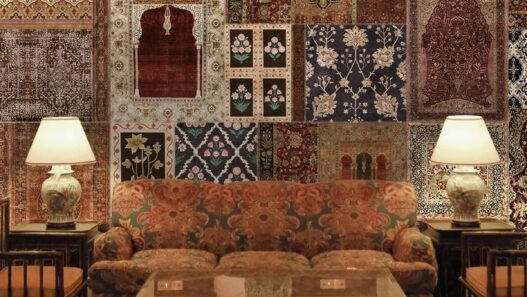



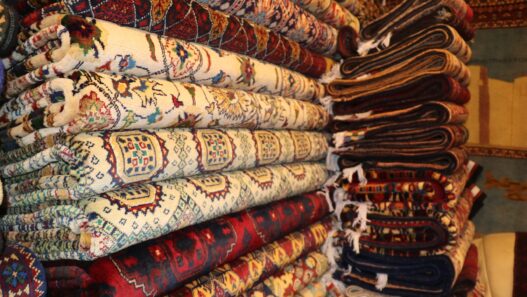



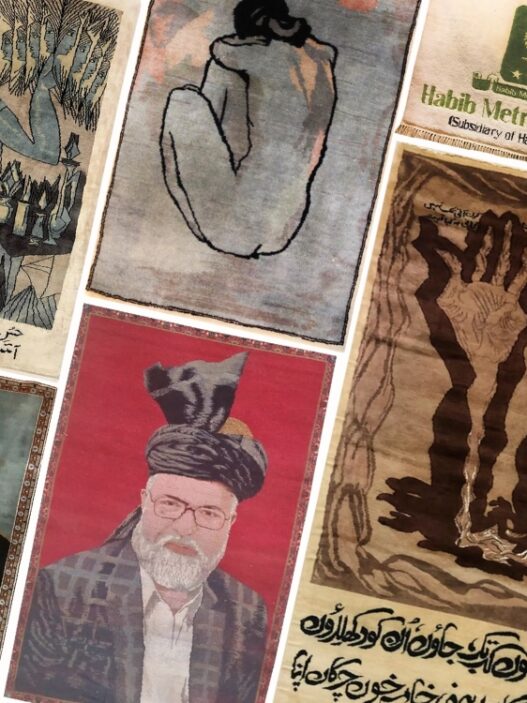

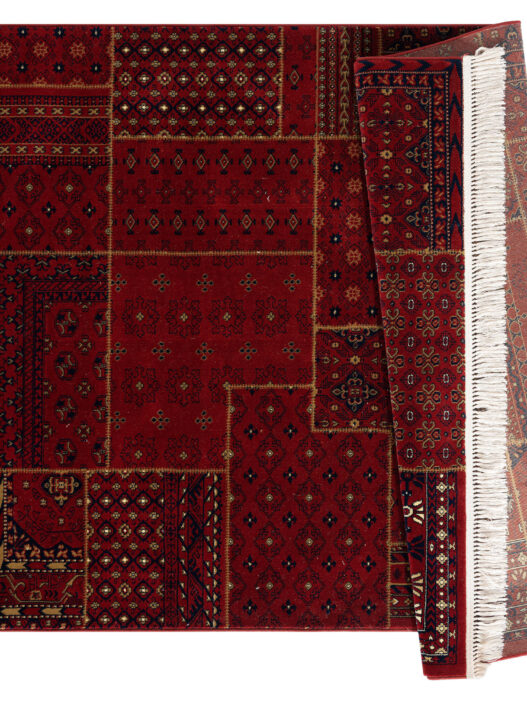
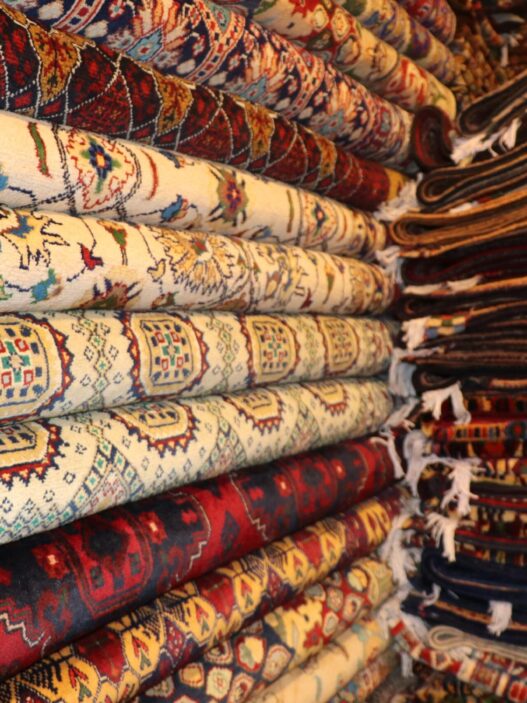


I\’m so glad I found your site. Your posts are consistently excellent.
I\’m honored to hear that. I\’m always striving to provide the best information possible.
Your dedication to providing quality content is truly admirable. I\’m a fan of your work.